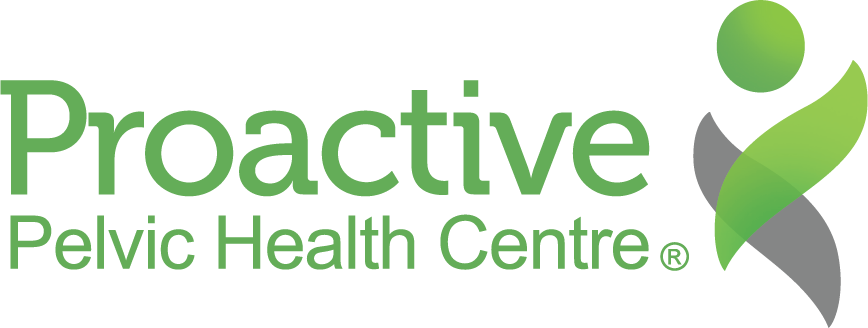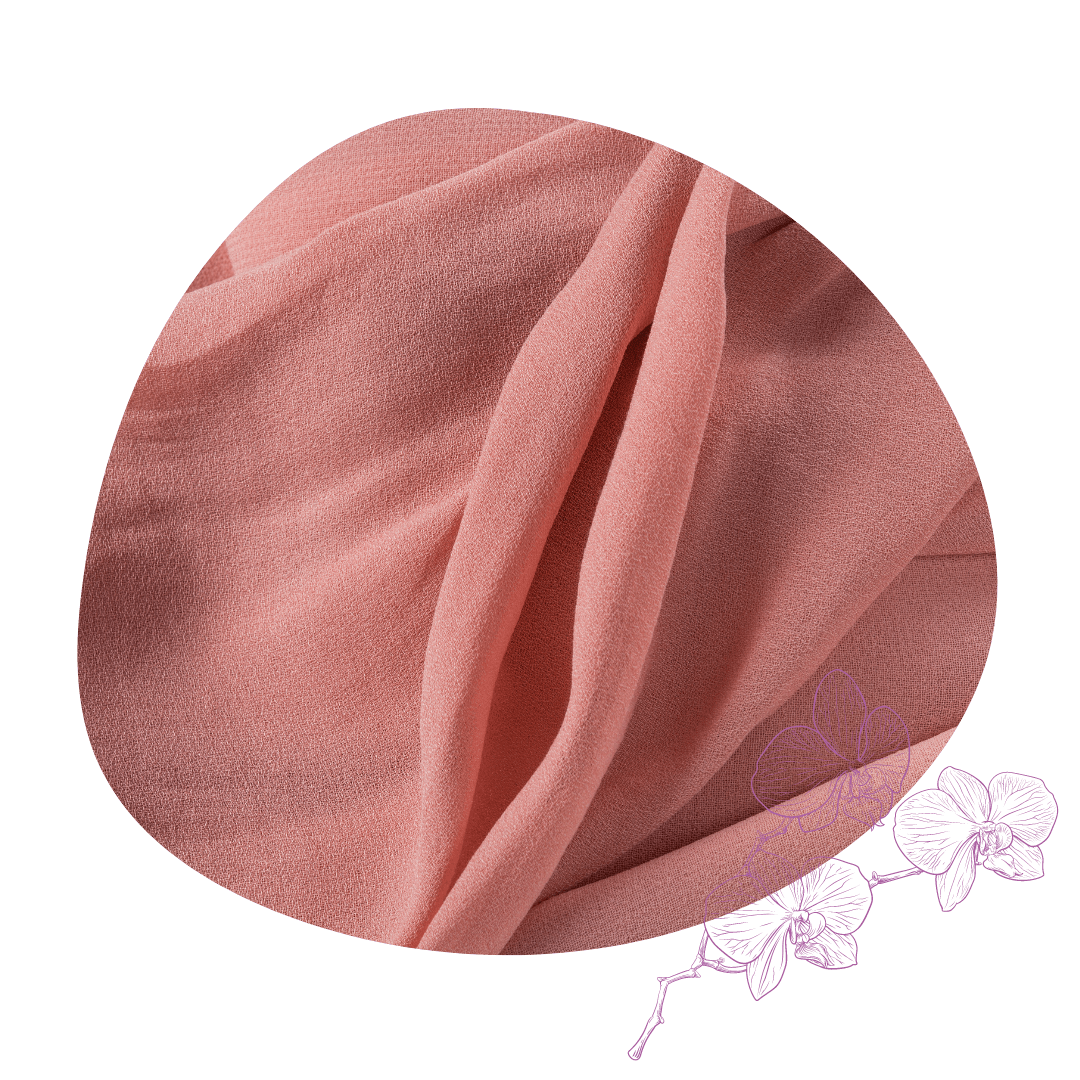Pelvic Physiotherapy and Vulvar Lichen Sclerosus
Leeanna Maher, PT, MSc PT, H.BSc
Registered Physiotherapist – Pelvic Health, Pessary Fitting Provider
Vulvar lichen sclerosus (VLS) is a chronic T-cell-mediated, inflammatory skin condition, suspected to be autoimmune in nature, and if not properly managed, can have significant impacts on quality of life. It typically affects the ano-genital area, specifically the vulva, but in some cases, may also present on the buttock, thigh, and trunk area. The estimated prevalence of VLS is not well established as it tends to be underdiagnosed and some with VLS may even be asymptomatic. Estimates suggest VLS affects 1-3 % of the general population. VLS can occur at any age but is most predominant in the peri and postmenopausal age range. VLS is not a contagious condition. It has been reported to have a hereditary component of 12% rising to 20% among those with childhood onset. There is a slight increased risk of the development of squamous cell carcinoma (less than 3 %) but with proper medical management and monitoring, this risk is significantly reduced.
Current knowledge suggests that the development of VLS is complex and multifactorial and may include possible genetic, immunological, hormonal, and environmental contributions.
The typical clinical presentation of VLS includes crinkly white, atrophic, patches of skin that may be thickened located throughout the non- hair bearing areas of the vulva and perianal area. The whitened skin may create a “figure-of-eight” configuration involving the vulva, perineum and anus. The hallmark symptoms of this condition are itchiness, irritation, burning, and soreness. There may be bruising and changes to the vulvar anatomy, such as labia minora fusing to and even resorbing into the labia majora. The clitoral hood may fuse to the glans. There may be fissures/cracks in the skin throughout the labia folds and even at the perianal area. The vaginal opening may become narrowed and lack elasticity. VLS does not affect the skin inside the vaginal canal.
Along with intense itching, other symptoms associated with VLS may vary in intensity and include pain with sexual activity, clitoral pain or anorgasmia, pain and burning with urination or bowel movements.
Pelvic physiotherapy plays a supportive yet valuable role in the treatment and management of VLS. While the cornerstone of VLS treatment is medical (typically ultra potent topical corticosteroids), pelvic physiotherapy can address secondary musculoskeletal and functional complications associated with the condition. Here is a summary of relevant aspects:
Pelvic physiotherapy treatment strategies for symptoms associated with VLS
1. Myofascial release techniques
Pelvic physiotherapy treatments include mobilizing soft tissue, pelvic floor muscles, and connective tissue to help release tight areas and encourage blood flow in the genital area that may have adhesions and restrictions due to the condition. This specifically can be found around the clitoral area where the hood may fuse and adhere to the gland.
2. Pelvic Floor Muscle Relaxation and Normalization of Tone
Uncomfortable symptoms associated with VLS (itching, burning, soreness) can lead to pelvic floor muscle shortening and guarding. Pelvic floor therapy aims to guide clients on how to relax tension in their pelvic floor muscles. This enhances blood flow and oxygenation to the tissues and pelvic nerves. It optimizes pelvic floor muscle strength and ensures the muscles are able to support optimal bladder and bowel emptying mechanics. Relaxation of the pelvic floor muscles can be achieved and maintained through the development of a home exercise program and manual therapy during treatment sessions.
3. Enhance Sexual Function
VLS may cause pain and discomfort during sexual activity due to the fragility of the vulvar tissues and their propensity to crack/fissure with pressure and rubbing. The elasticity of the vaginal opening may be reduced therefore, there is less expansion of the tissues for sexual practices that include penetration into the vagina. Pelvic physiotherapy helps to educate clients on vulvar moisturizer and lubricant options to protect the skin and reduce friction irritation. For some clients, it may be appropriate to integrate home dilator therapy training. This exercise strategy can be very helpful to facilitate and maintain the elasticity of the vaginal opening.
4. Support Bowel and Bladder Health
A common sequelae to VLS may be bladder and bowel dysfunction secondary to pelvic floor muscle tensioning and weakness. Symptoms may include difficulty emptying the bladder with burning (dysuria), urinary frequency, urinary/fecal incontinence, and constipation. It is especially important to work on the resolution of urinary and/or fecal incontinence as prolonged exposure of the anogenital area to urine or feces can be very irritating to the skin and contribute to painful flare ups. Pelvic physiotherapy aims to educate clients on healthy bladder and bowel practices which include daily hydration, fluid and fibre goals, awareness of bladder irritants, bladder retraining techniques to normalize voiding routine, and strategies to optimize bladder and bowel emptying mechanics. Pelvic floor muscle training exercises optimize client’s awareness of what it feels like to intentionally create tension or a contraction of the pelvic floor muscles and how to relax and release that tension effectively without strain or excessive effort.
5. Promote Body Awareness and Self-Management
Pelvic physiotherapy aims to support clients by educating them on the benefits of consistent adherence to their prescribed medication. Physiotherapy encourages clients to consistently skin check and monitor their genital area for any architectural or symptom changes that may require a follow up with their specialist. Education on vulvar care and vulvar hygiene practices including strategies for vulvar skin protection is paramount in the continued management of this condition.
In closing, VLS is a condition in which symptoms can be very successfully managed with consistent monitoring by a gynecologist who specializes in vulvar dermatological conditions. As the active inflammatory process of VLS is primarily controlled and managed by topical corticosteroid therapy, pelvic physiotherapy is an essential adjunct treatment to VLS management as it aims to further support and optimize the functional restoration, protection, and health of the anogenital epithelium, surrounding connective tissue, and pelvic floor muscles.
References:
Lichen sclerosus: The 2023 update - PMC
Lichen sclerosus – Primary Care Notebook
Mautz TT, Krapf JM, Goldstein AT. Topical Corticosteroids in the Treatment of Vulvar Lichen Sclerosus: A Review of Pharmacokinetics and Recommended Dosing Frequencies. Sex Med Rev 2021;000:1−11.
Pamela Morrison , MS, PT, DPT, BCB-PMD, IMTC 1 Susan Kellogg Spadt , PhD, CRNP, IF, CST 2 Andrew Goldstein , MD 3. The Use of Specific Myofascial Release Techniques by a Physical Therapist to Treat Clitoral Phimosis and Dyspareunia. Journal of Women’s Health Physical Therapy 2015; Volume 39:Number 1
Day, T. Et al., Lichen Sclerosus ISSVD Practical Guide To Diagnosis and Management. September 2024.


